Bringing Stories to Life with Les Doigts Qui Rêvent
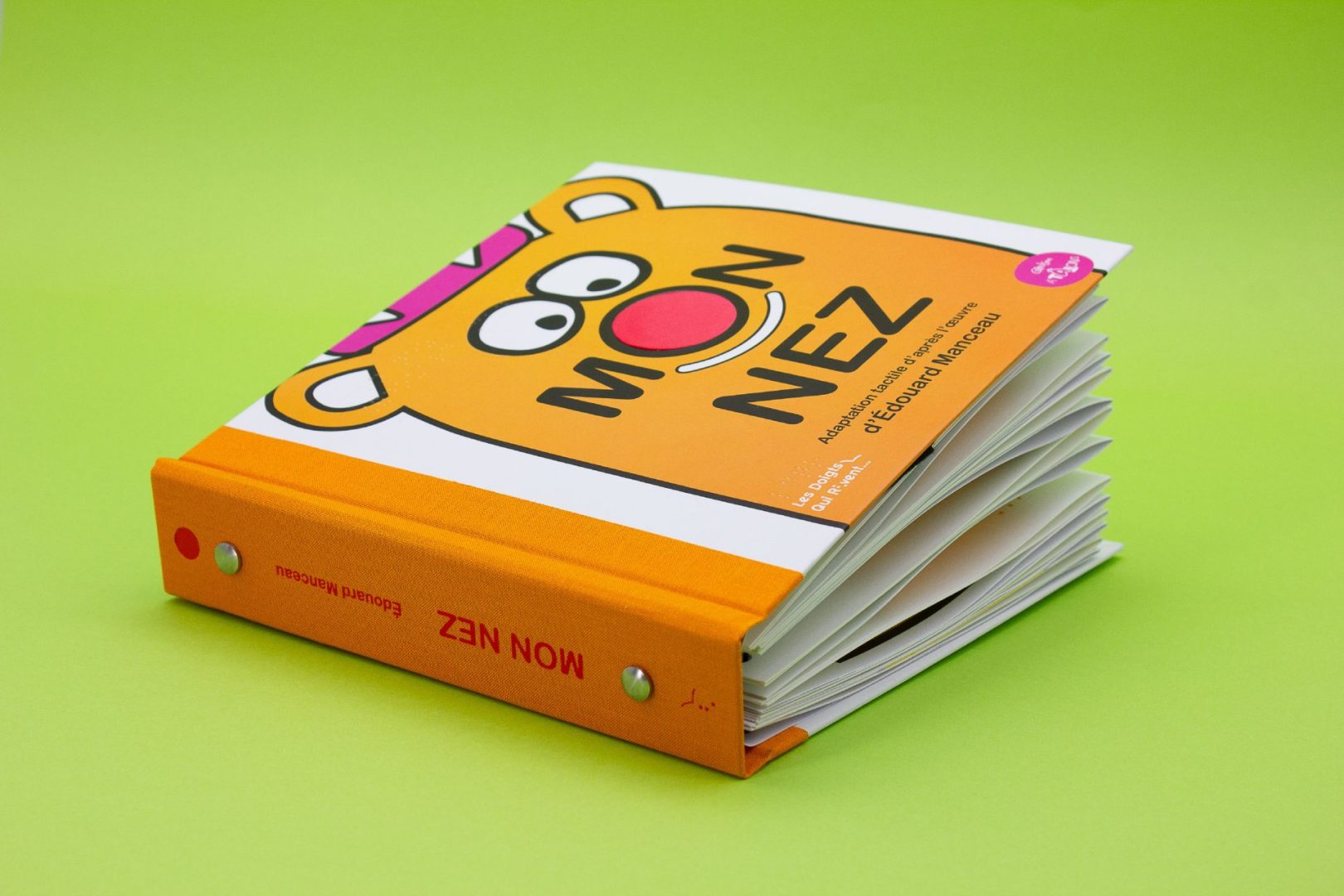
The non-profit French publisher, Les Doigts Qui Rêvent (LDQR), works to see intentional and artfully crafted tactile braille books placed in the hands of blind or low vision children everywhere. LDQR, based out of Talant, France, has been developing tactile books for 30 years. Created in house with varying colors, materials, and sensory tools, their books have won the IBBY-Asahi Reading Promotion Award for their commitment to accessible reading for children who are blind or low vision.
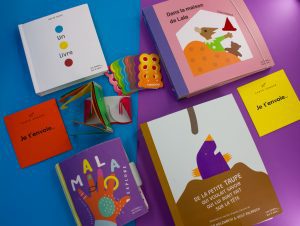
Developing a Tactile Book
When LDQR was first developed, the books they began to adapt into tactile format were classic French children’s books. The very first adaptation was done by local schoolteacher Philippe Claudet for the book Au pays d’Amandine…dine…dine in 1994. As the organization has grown, they continue to develop classics alongside new and original stories, also written in-house.
When adapting a book to tactile braille format, the first step is to contact the original author. “We read through a book, think about possible visuals, and call the authors with ideas on how to make the story more visually friendly. We want to be sure the books are as visual and vibrant as possible,” said LDQR Communications Manager, Olympe Broux. Once the text itself has been established, artists can get to work on developing tactile materials to accompany the story. The process of research, text work, and determining the best material takes around a year.
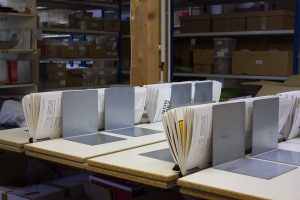
A prototype is created with the chosen tactile elements and braille text and given out to teachers and students who are blind or low vision. Their feedback allows for the designers to ensure each tactile piece and sensory tool is enhancing the experience and continuing the story along in a way that is helpful for student understanding. Often, students who have read books adapted by LDQR may recognize elements like rivers, snow, grass, etc., simply by familiar fabric from previous books.
After one month of review, the book is ready to be developed into the finished product. Each of the LDQR books are developed in house, from the printing of braille text to each tactile element. “Every piece of fabric is hand glued, one by one, on the pages. It makes them really unique,” said Broux.
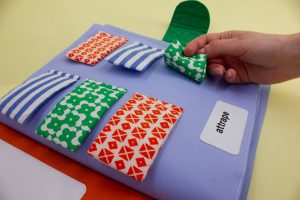
Success and Expansion
The success of these tactile braille books within France, led to an international demand. The first book adapted into another language was Big Yellow Shark Stories which was developed in Spanish, Italian, English, German, and Russian in 1997. The first big production and export was in 2000. Since then, LDQR has worked to provide children who are blind or low vision across the world with stories that connect them to their peers and allow them to experience classic stories in a new and inventive way. “We want to do more. We want to expand internationally. We want to give more children access to these books,” said Broux. “Our books have helped to introduce the culture and diverse elements of these stories. To make sure no student is excluded. Books can bring people together, and we have the tools to create them.”
Share this article.
Related articles
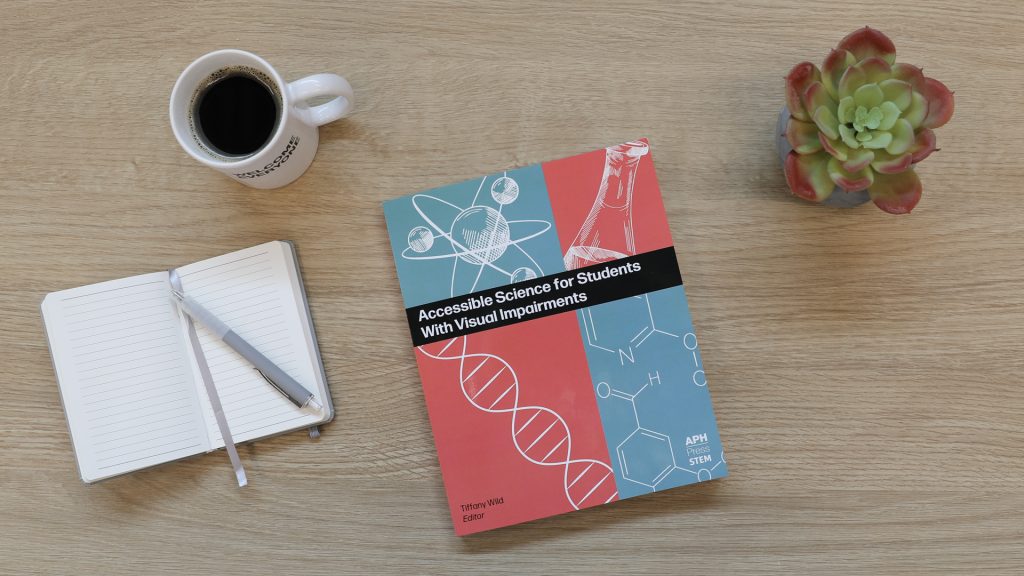
Accessible Science: Ensuring Science is for Everyone
The modern world thrives on innovation, and the best innovation comes from a multitude of perspectives working together. That’s what’s...
